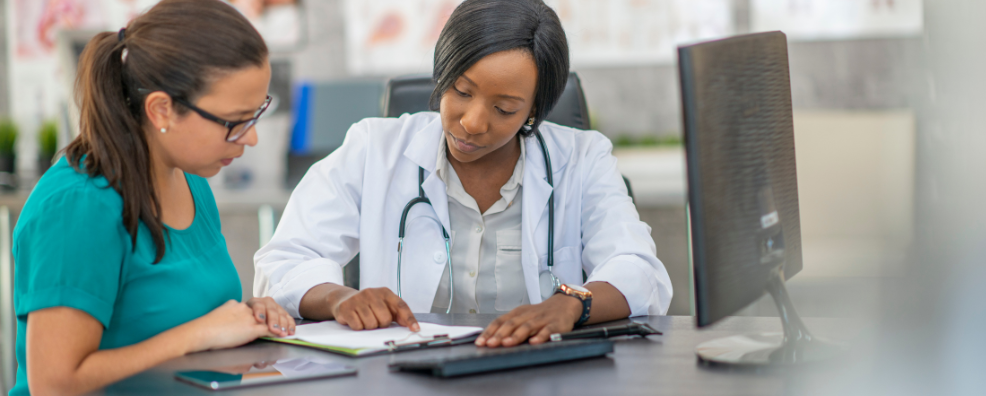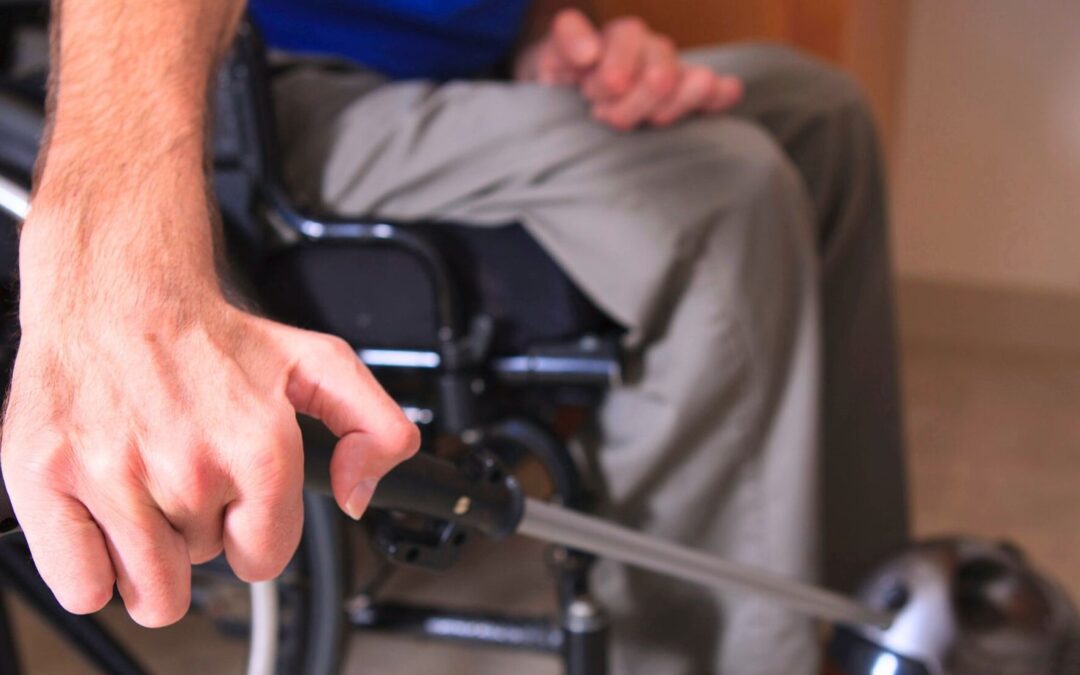The ultimate snapshot of ALS

The Neuro and its C-BIG Repository are at the heart of a Canadian initiative that invites individuals with ALS to share their unique story to help drive research.
By Sophie Lorenzo
June 20, 2022
Among neurological diseases, Amyotrophic Lateral Sclerosis (ALS) is one of the fastest progressing. Despite modest advances in treatment in the past decade, the average life expectancy after diagnosis for those with this motor neuron disease is just three to five years; for some of the more aggressive genetic variants, that can drop to 18 months.
Unfortunately, treatments for ALS have not advanced at the same rapid pace. Scientists and clinicians committed to helping individuals with ALS wanted to find a way to accelerate their understanding of the underlying mechanisms of this disease to better guide research. The solution: to greatly increase collaboration, between scientists across the country as well as with patients who could help propel research by telling their own unique story.
Unique Portraits, Shared Knowledge
The result is CAPTURE ALS (Comprehensive Analysis Platform To Understand, Remedy, and Eliminate ALS), a Canadian initiative that is developing the world’s most detailed and comprehensive picture of the disease.
“The heterogeneity of ALS has really hampered research. We want to better understand the spectrum of ALS with respect to its biology and clinical features,” explains Dr. Sanjay Kalra, the lead investigator for CAPTURE ALS, professor and Henri M. Toupin Chair in Neurological Sciences in the Division of Neurology at the University of Alberta.
The hope is that gaining detailed knowledge of the heterogeneous presentation and progression of the disease will lead to the development of more effective treatments and biomarkers. By openly sharing this information with other ALS initiatives worldwide, Canadians will play a major role in the global effort to understand and treat the disease.
Like a fingerprint
This effort builds on the work of the Canadian ALS Neuroimaging Consortium (CALSNIC), also directed by Dr. Kalra, that has focused on the use of advanced MRI to study ALS. CAPTURE ALS will expand this work by adding biofluids such as blood and cerebrospinal fluid.
“We will use multiple types of MRI sequences, probing different aspects of how the disease affects the brain, including microstructure, chemistry and function. There will be a detailed genetic analysis and speech recordings, combined with neurological and cognitive exams. The protocol is exceptionally comprehensive and necessary to understand the disease and find biomarkers,” says Dr. Kalra. “Developing biomarkers will be helpful for diagnosis, to track disease progression, and to test new treatments. They could be based on blood tests, cerebrospinal fluid, speech or imaging – we don’t yet which will prove most accurate,” explains Dr Kalra.
The data captured — including detailed MRI scans, neurological exams, patient reported outcomes, cognitive and speech testing – helps to develop more accurate biomarkers to track disease progression. Each patient’s information helps to sharpen and add detail to the larger picture.
Seeing Big
The Neuro (Montreal Neurological Institute-Hospital) is playing a dual role in CAPTURE ALS. Its Clinical Research Unit is one of four sites in the country where participants can share their unique clinical portrait, benefitting from the largest brain imaging centre in the country.
The Neuro will also play a central role through its Clinical Biospecimen Imaging and Genetic Repository (C-BIG), an open access resource for the global scientific community, which will house and share all the data and samples collected from de-identified participants.
“CAPTURE ALS does what C-BIG was designed to do which is to collect material and data from patients for the purposes of accelerating meaningful translational research. Carefully collected and curated data are paired with biospecimens along with genetic information. We are building a workflow which will improve personalized and individualized care, along with gene-agnostic interrogation. This Open Science platform is unique and novel in neuroscience,” explains Dr. Jason Karamchandani, the scientific director of the C-BIG Repository and a neuropathologist at The Neuro.
The level of collaboration and the breadth of material collected exceeds current international initiatives. “We are bringing together multiple centres to work together to solve the problem of ALS. We have basic scientists who are working in the lab or with animal models, we have clinician scientists, and we also have computational scientists. It’s really quite powerful to be joining forces, bringing together different techniques and different perspectives,” continues Dr Kalra.
Patient partners
The CAPTURE ALS platform was specifically designed to include participants’ voices in its development and execution. Its Participant Partner Advisory Council (PPAC) helps to shape to research priorities, strategies and outreach.
Every person’s disease looks very different, CAPTURE ALS gives individuals – both people living with ALS and healthy participants — the opportunity to share their unique story of ALS through these data and samples, so that we can learn from them and their story. As their website says, “The answer is in you.”
“Really at the heart of it this initiative is the patient. They are contributing immensely and their participation is a real gift, one that will be used not just by Canadian scientists, but also by scientists across the globe. The impact will not be immediate, but it will be very significant and it will continue for generations,” concludes Dr. Kalra.
For more about this project, visit captureals.ca or contact info@captureals.ca.



